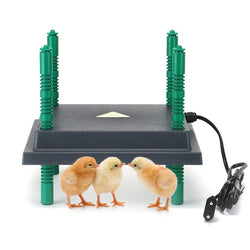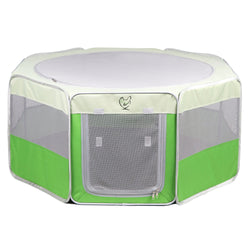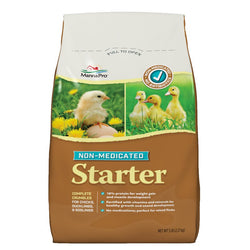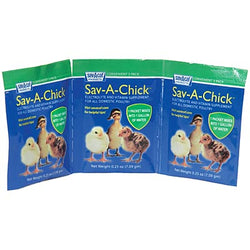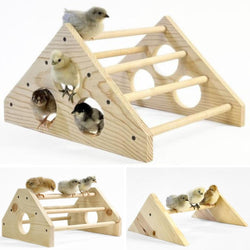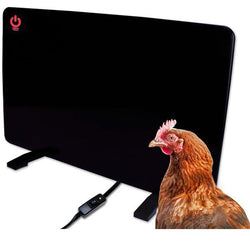What are mule ducks?
Back to blog
A "mule" duck is a sterile hybrid cross between a Muscovy and a Pekin. Because these two breeds have been genetically isolated for 50 million years, when you breed the two, you get some interesting results.
Why cross these two breeds? We're glad you asked!
In Europe and in Asia many mule ducks are produced because of their large size, quality liver, and reduced meat fat content. In fact, artificial insemination was developed in ducks because of the desire to produce mule ducks. If left to mate naturally, the fertility rate between Muscovies and Pekins is only 20-30%, but artificial insemination brings that rate up to 80%.
Mule ducklings are easier to raise because they are calmer and more docile than their parent breeds. And unlike the more noisy Pekins, mules are completely silent.

A beautiful flock of Pekins!
Crossing a Muscovy male with a Pekin female results in moulards--or mule ducks--about 60% of which are male. Mules share characteristics with both parents. Like Muscovies, they are large, quiet, slow moving, and have long claws. And like Pekins, they swim well, the males and females are much the same size, and they do not fly.

Muscovy males, like this one, are crossed with Pekin females to produce mule ducks.
If you cross a Pekin male with a Muscovy female, the offspring are called hinnies, which are not grown commercially like mules. Like Muscovies, male hinnies are much larger than female hinnies, but the females look like Pekins and fly quite well.
Mules and hinnies cannot reproduce because the males are sterile. Only the hinny females lay eggs (though they are infertile and cannot hatch). If you have Muscovy and Pekin together, the chances are poor that they will cross, but if they do, a hinny will probably be the result, since Pekin males can catch Muscovy females more easily than Muscovy males can catch Pekin females.
Interestingly enough, Pekins require 28 days of incubation to hatch, and Muscovies take 35 days, but mules and hinnies require 32 days.
There you have it--now you can impress your friends with your knowledge of mule ducks!
Why cross these two breeds? We're glad you asked!
In Europe and in Asia many mule ducks are produced because of their large size, quality liver, and reduced meat fat content. In fact, artificial insemination was developed in ducks because of the desire to produce mule ducks. If left to mate naturally, the fertility rate between Muscovies and Pekins is only 20-30%, but artificial insemination brings that rate up to 80%.
Mule ducklings are easier to raise because they are calmer and more docile than their parent breeds. And unlike the more noisy Pekins, mules are completely silent.

A beautiful flock of Pekins!
Crossing a Muscovy male with a Pekin female results in moulards--or mule ducks--about 60% of which are male. Mules share characteristics with both parents. Like Muscovies, they are large, quiet, slow moving, and have long claws. And like Pekins, they swim well, the males and females are much the same size, and they do not fly.

Muscovy males, like this one, are crossed with Pekin females to produce mule ducks.
If you cross a Pekin male with a Muscovy female, the offspring are called hinnies, which are not grown commercially like mules. Like Muscovies, male hinnies are much larger than female hinnies, but the females look like Pekins and fly quite well.
Mules and hinnies cannot reproduce because the males are sterile. Only the hinny females lay eggs (though they are infertile and cannot hatch). If you have Muscovy and Pekin together, the chances are poor that they will cross, but if they do, a hinny will probably be the result, since Pekin males can catch Muscovy females more easily than Muscovy males can catch Pekin females.
Interestingly enough, Pekins require 28 days of incubation to hatch, and Muscovies take 35 days, but mules and hinnies require 32 days.
There you have it--now you can impress your friends with your knowledge of mule ducks!




